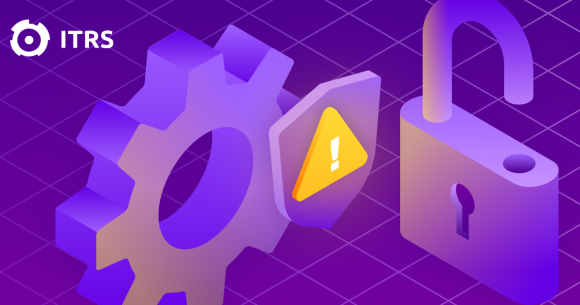How monitoring maturity improves IT stack visibility
Financial services companies are under pressure to better manage disruptive internal and external IT issues - and to develop policies to prevent them happening again.
At the same time, these issues are becoming more difficult to manage and regulators are breathing down their necks with new operational resilience requirements. Corralling large amounts of monitoring data, making sense of it, and leveraging it for better efficiency and profitability is imperative, but often it’s difficult to quickly pinpoint the origins and nature of disruptions before end users feel the impact.
In the past, organizations relied on traditional monitoring, which identifies known issues and risks. They used a tried-and-true monitoring maturity model to see where they sat in their monitoring journeys – and where they could or should go.
Harness, analyze, leverage data
Today, data is processed and exchanged via many different paths: Servers, VMs, storage, applications, transactions, bookings, or customers browsing websites. This makes them much more complex to monitor and control, and requires a different approach toward overall IT estate visibility.
For decades, financial services organizations have been using the traditional monitoring in their IT environments, monitoring data, systems and networks, to discover if there are any issues or downtime. But today retail banking, and other business transactions – including trading - are increasingly being conducted online. This trend calls for a new posture, one toward digital asset visibility via airtight monitoring policies and practices.
The monitoring maturity model was designed to help them piece together where they sit regarding monitoring capabilities and to decide whether they needed to be doing more. Here you can see that many levels on the monitoring maturity model can provide a foundation better operational resilience and efficient mitigation of IT stack disruptions.
1: Infrastructure monitoring: Monitoring networks, operating systems, CPUs, memory and disk space allows you to drill down quickly to explore and mitigate issues before they become serious outages. Alerts can be set to notify your team about serious events that can jeopardize service availability, filtering out more commonplace infrastructure failures.
2: Basic application monitoring: This involves monitoring basic application processes and log errors, usually on one server. To verify if your web application works as expected, you can set up a transaction monitor. A transaction is a step-by-step scenario that tests workflows in a browser. • With a Transaction Recorder, you can securely record your transactions by simply navigating and clicking through your website. The recorder captures everything you do in the browser, allowing you to monitor shopping processes and verify website functionality.
3: Advanced application monitoring (APM): Here you monitor an application as a holistic item across multiple servers, infrastructure, applications and data feeds. You want to compare your software application performance to ensure an expected level of service: This is typically measured by performance metrics and user experience monitoring. APM solutions aim to detect and pinpoint application performance issues before real users are impacted.
4: End-to-end monitoring: Monitoring business transactions that pass through one or more applications with intelligent alert aggregation. This is fundamental to operational resilience. The alerting process is a key component to making sure that the right person gets the message in the right way.
5: Business activity: The ability to see business activity and the impact of issues and outages to a firm’s business or clients is vital for survival in a highly competitive operating environment. Positive outcomes will rely on a meaningful display of the success or failure of business activities based on the underlying real-time data from across the entire infrastructure and application components.
Most organizations are familiar with the monitoring maturity model and use it as a tool to build and assess observability capabilities. IT teams more than ever must anticipate and manage the unknown events and risks that lurk around every corner.
Observability needed
To do this, there is another dimension required for monitoring maturity – observability. Adding observability capabilities to the monitoring maturity model enables you to use the data in its context to understand your IT business environment, so you can act now and plan for tomorrow.
Learn more about ITRS Uptrends digital experience monitoring and how it helps you derive a better performance from your IT stack. Try Uptrends for free
Download the white paper, How observability benefits the traditional monitoring maturity model, to learn how ITRS can help.




